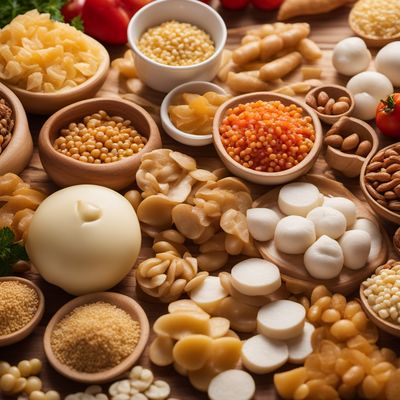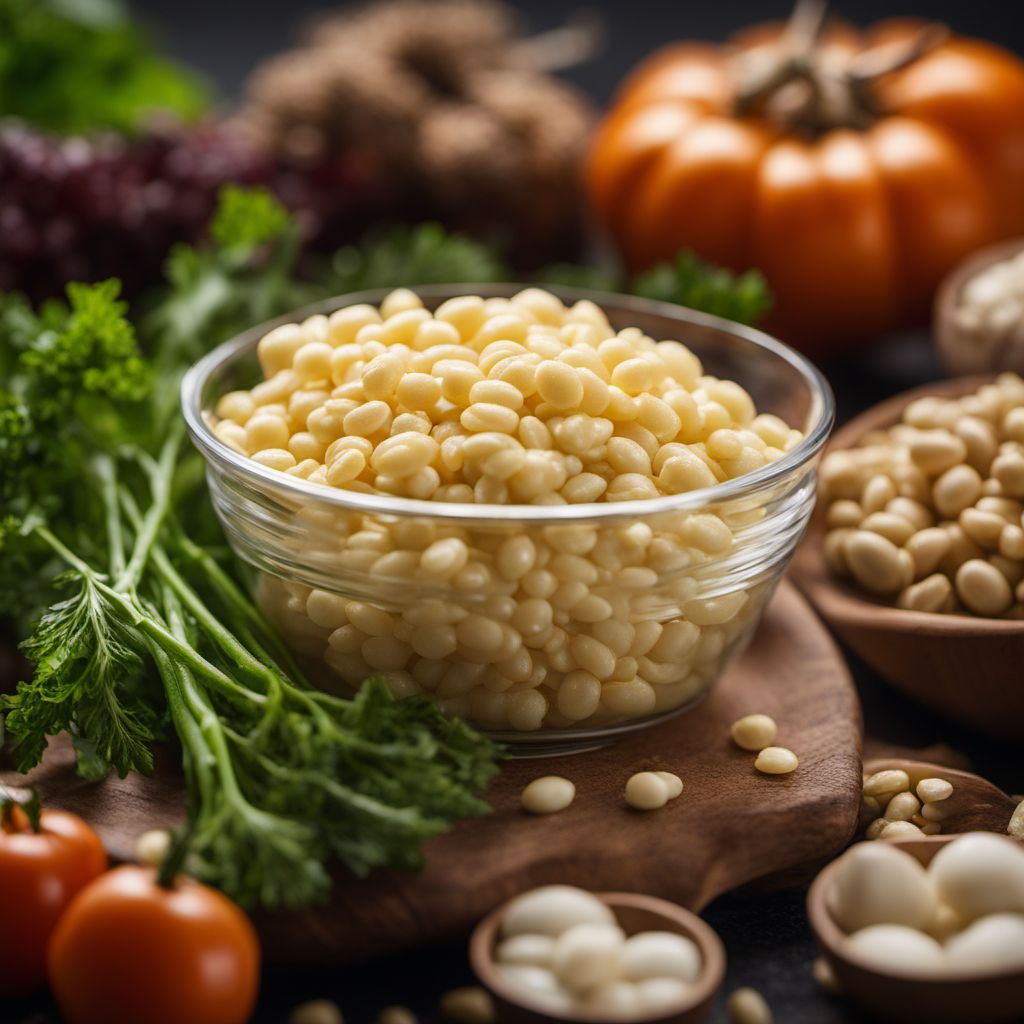
Ingredient
Hydrolysed vegetable proteins
The Savory Flavor Enhancer
Hydrolyzed vegetable proteins are produced by breaking down proteins from plant sources such as soybeans, corn, or wheat into their amino acid components. They are typically available in powder or liquid form and have a savory, meaty taste. The texture of hydrolyzed vegetable proteins varies depending on the specific product.
Origins and history
The use of hydrolyzed vegetable proteins in cooking can be traced back to ancient civilizations, where fermented soybean products like soy sauce were used to enhance the flavor of dishes. Today, hydrolyzed vegetable proteins are widely used in the food industry as a natural alternative to monosodium glutamate (MSG) and as a flavor enhancer in various cuisines.
Nutritional information
Hydrolyzed vegetable proteins are low in calories and fat, making them a suitable option for those watching their intake. They also provide a small amount of protein and can contribute to the overall flavor and enjoyment of a meal.
Allergens
Hydrolyzed vegetable proteins derived from soybeans or wheat may contain allergens such as soy or gluten. Individuals with soy or gluten sensitivities should check the product labels and opt for alternatives if necessary.
How to select
When selecting hydrolyzed vegetable proteins, look for products that are made from high-quality plant sources and have minimal additives or preservatives. Opt for reputable brands and read product labels to ensure the absence of any allergens or unwanted ingredients.
Storage recommendations
To maintain the freshness and quality of hydrolyzed vegetable proteins, store them in a cool, dry place away from direct sunlight. Follow the manufacturer's instructions for specific storage recommendations, as some products may require refrigeration after opening.
How to produce
Producing hydrolyzed vegetable proteins at home requires specialized equipment and processes that are typically not feasible for amateur cooks. It is recommended to purchase commercially available products from trusted sources.
Preparation tips
Hydrolyzed vegetable proteins can be used in a variety of dishes to enhance their flavor. They are commonly used in soups, stews, gravies, stir-fries, and sauces. They can also be sprinkled on snacks like popcorn or used as a seasoning for roasted vegetables or grilled meats.
Substitutions
There are no direct substitutions for hydrolyzed vegetable proteins, as their unique flavor profile and umami-enhancing properties are difficult to replicate. However, other flavor enhancers like soy sauce, fish sauce, or nutritional yeast can be used as alternatives to add depth and umami to dishes.
Culinary uses
Hydrolyzed vegetable proteins are widely used in the food industry and can be found in a variety of processed foods, including soups, sauces, snacks, and ready-to-eat meals. They are also available for purchase in specialty stores or online retailers.
More ingredients from this category
Recipes using Hydrolysed vegetable proteins

Rujak Tumbuk with a Twist
Indonesian Delight: Spicy and Tangy Rujak Tumbuk

Arroz con Perdiz with Saffron and Chorizo
Saffron-infused Game Bird Rice with Spicy Chorizo

Rujak Cingur with a Twist
Indonesian Delight: A Modern Twist on Rujak Cingur
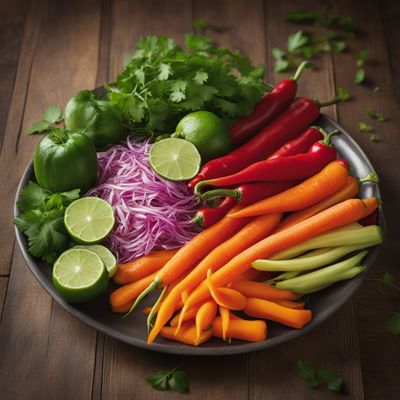
Oaxacan-Inspired Fresh Vegetable Platter
Zesty Veggie Fiesta: A Vibrant Oaxacan Twist on Pinzimonio

Arroz Caldoso de Pollo de Corral with Saffron and Chorizo
Saffron-infused Chicken and Chorizo Rice Stew

Bolivian Cachupa with a Twist
Andean Delight: Bolivian Cachupa with Quinoa and Ají
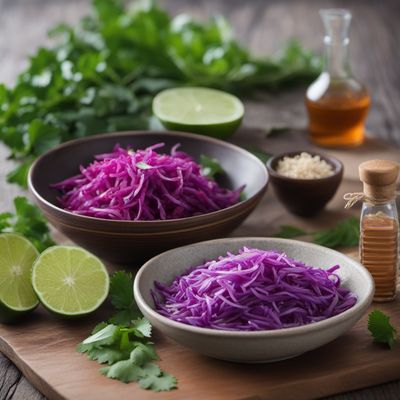
Taoist Asinan
Zen-inspired Asinan: A Refreshing Taoist Delight
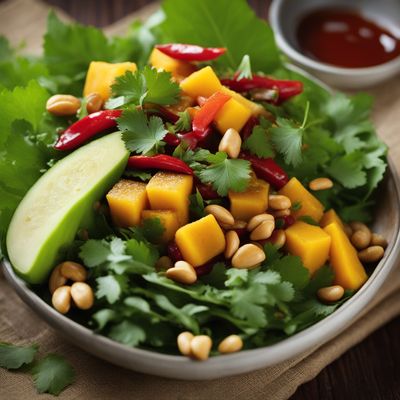
Rujak Cuka - Indonesian Spicy Vinegar Salad
Fiery Fusion: Indonesian Spicy Vinegar Salad
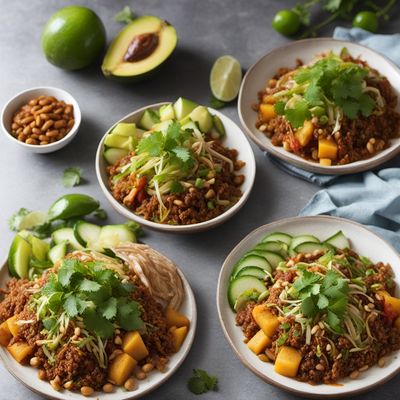
Lahori-style Rojak Bandung
Luscious Lahori Rojak: A Fusion of Flavors

Rojak Bandung with a Twist
Indonesian Fusion Delight: Rojak Bandung with a Twist
